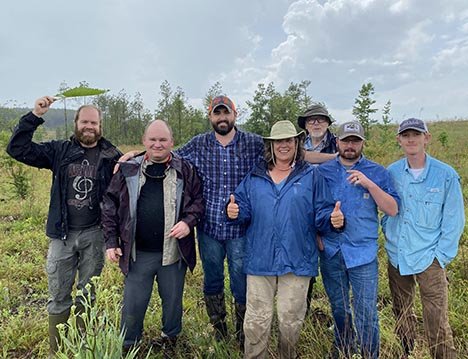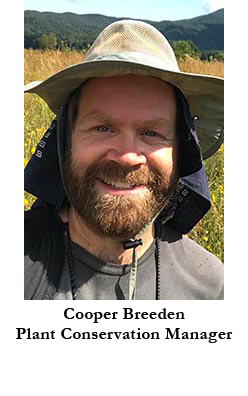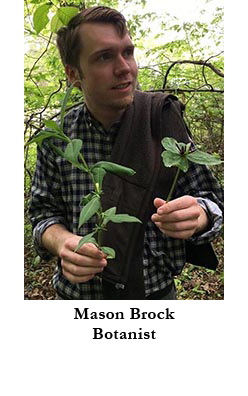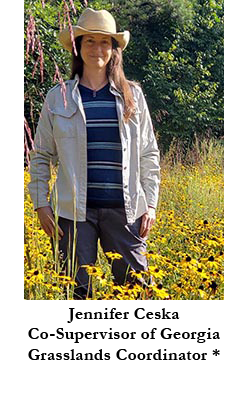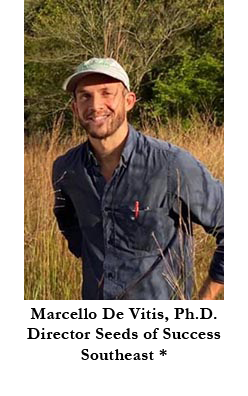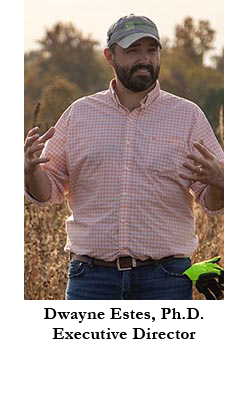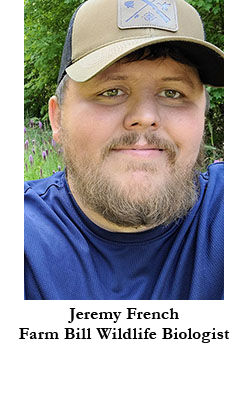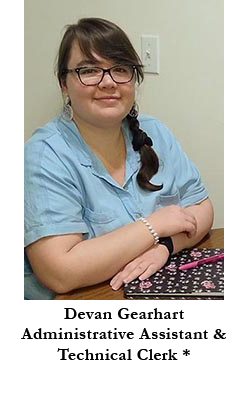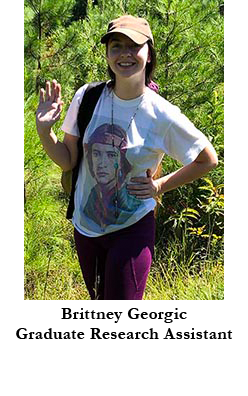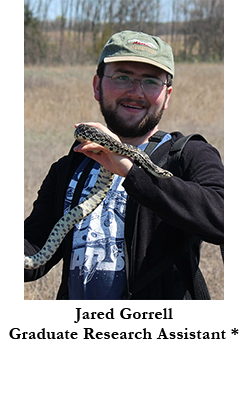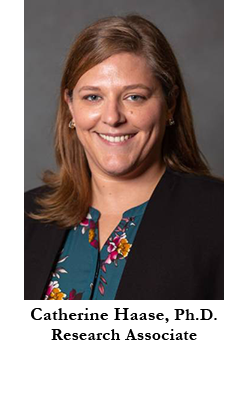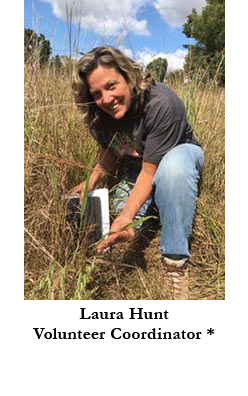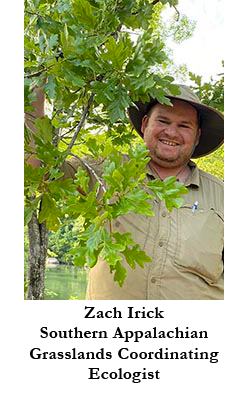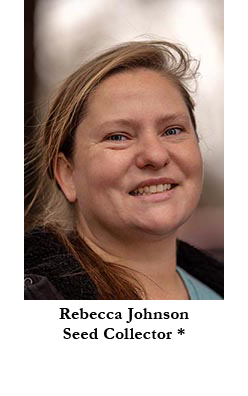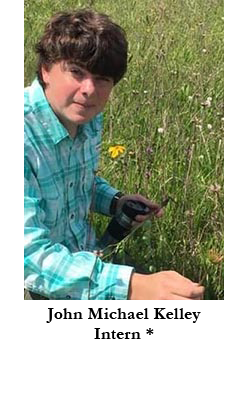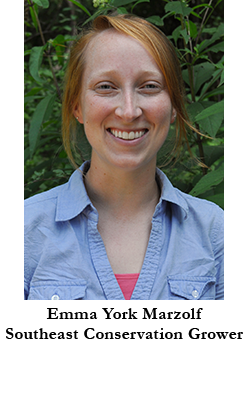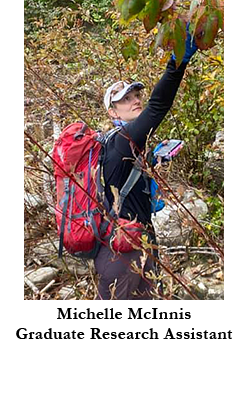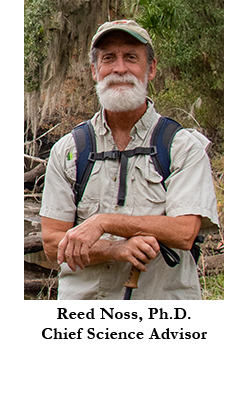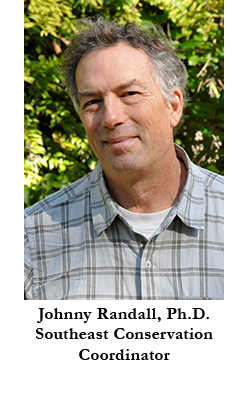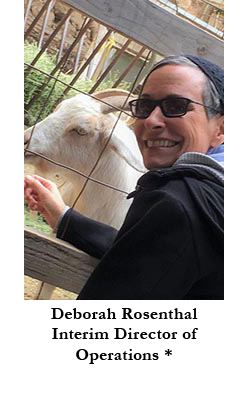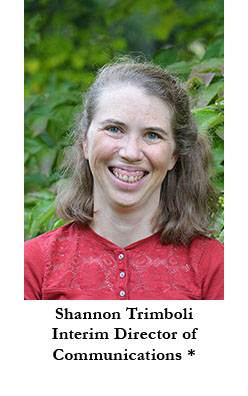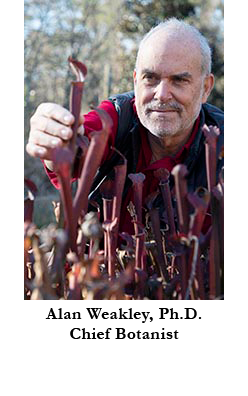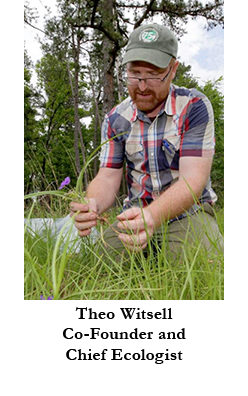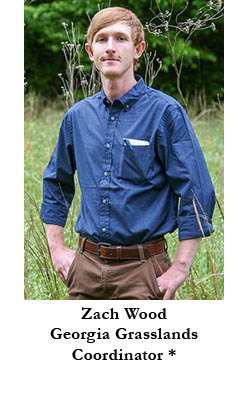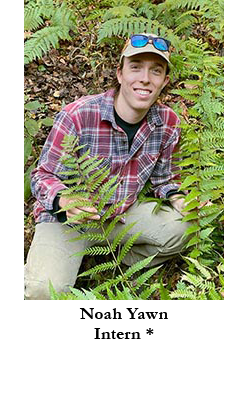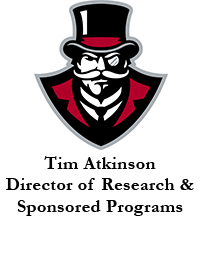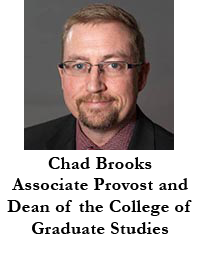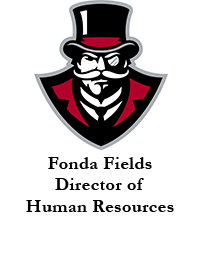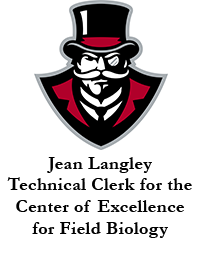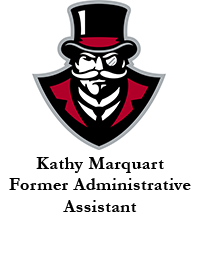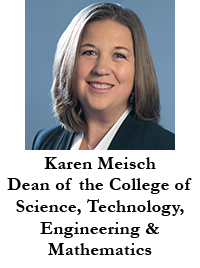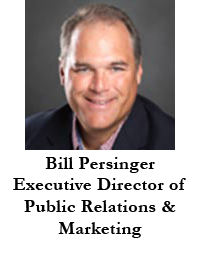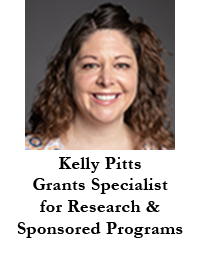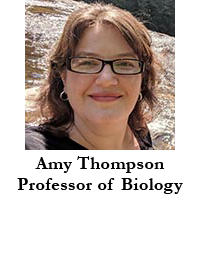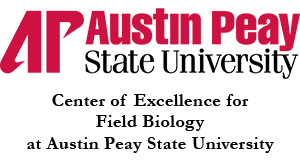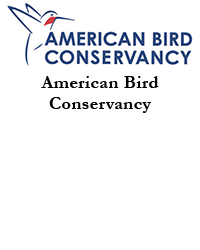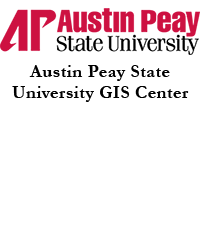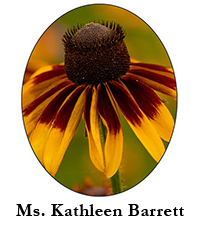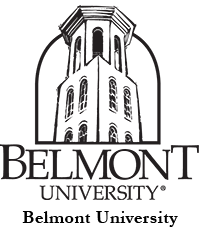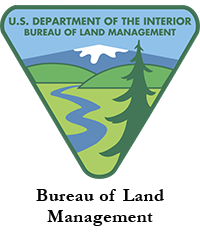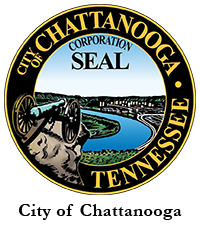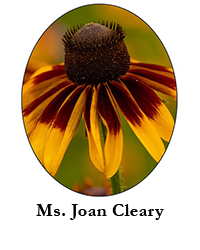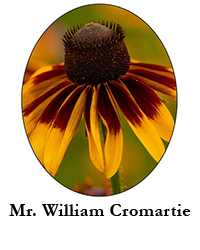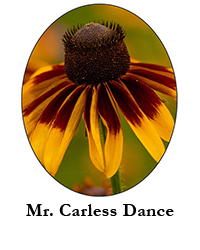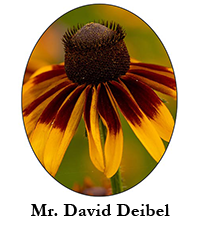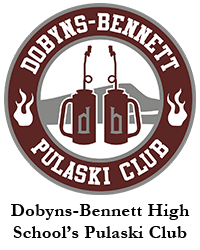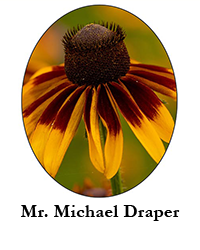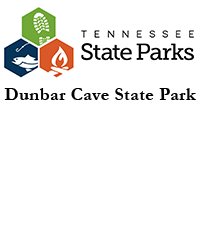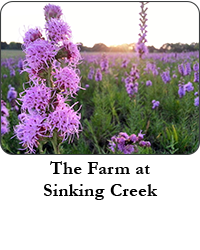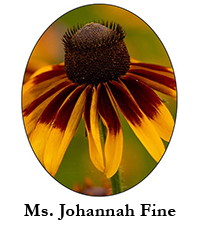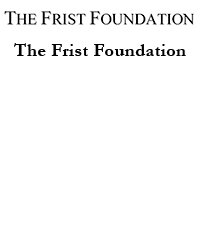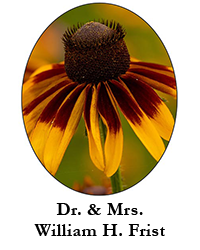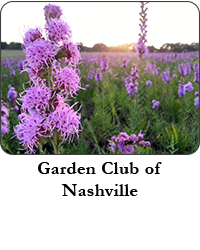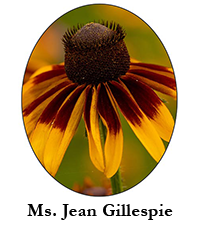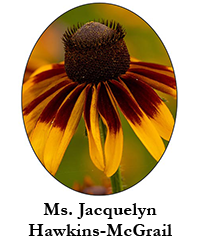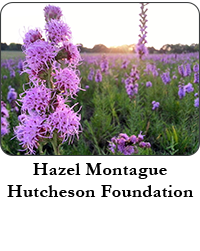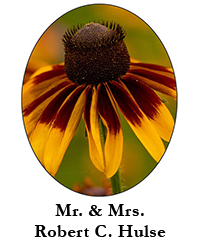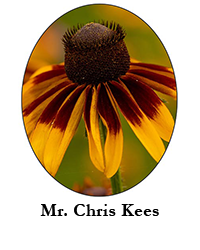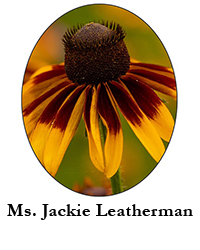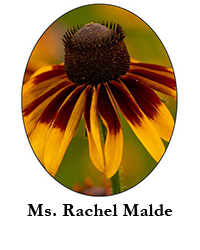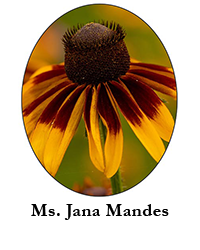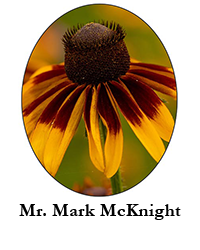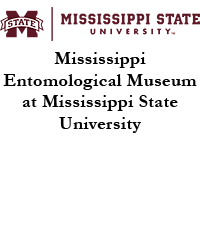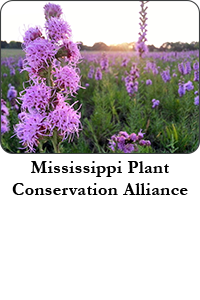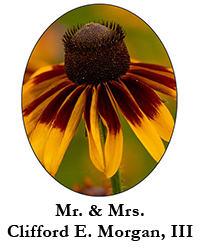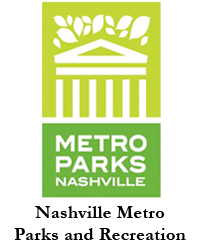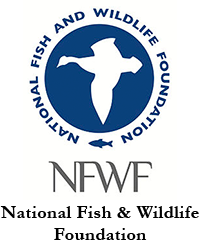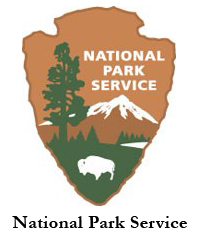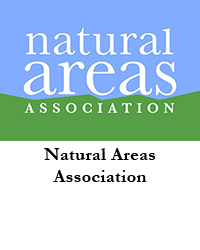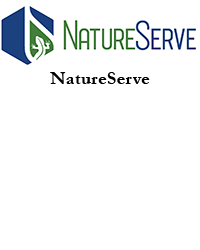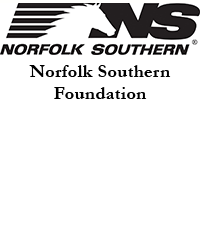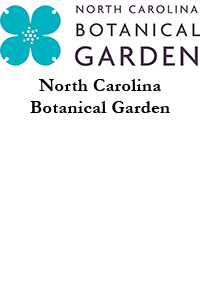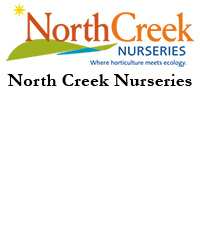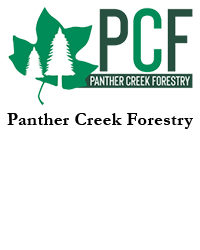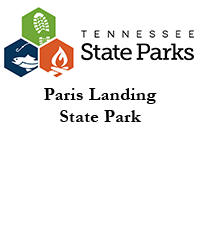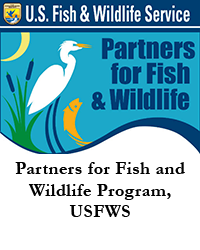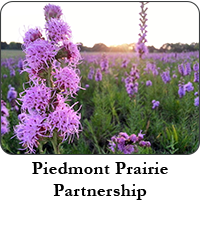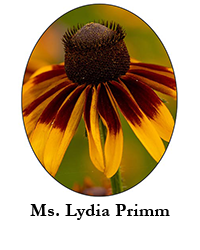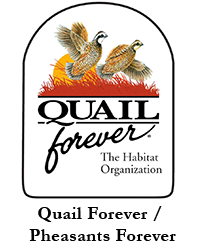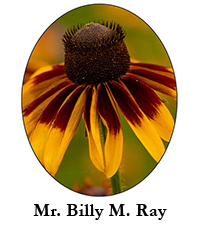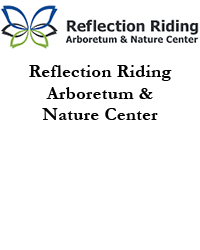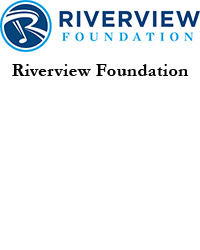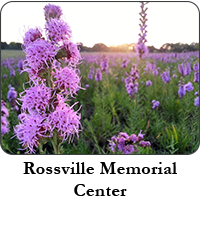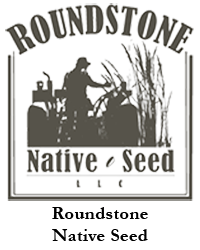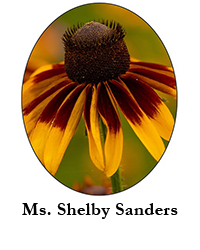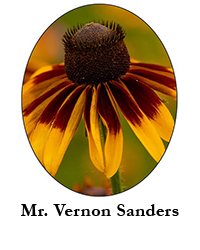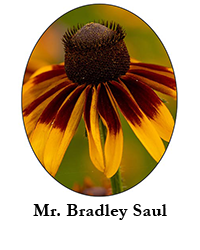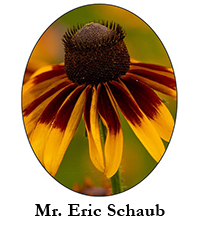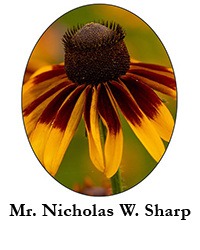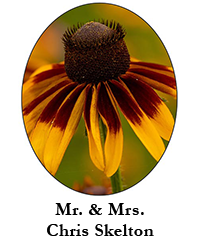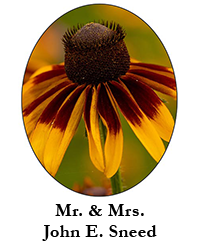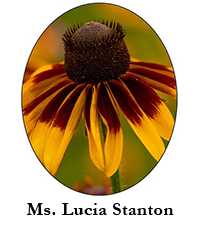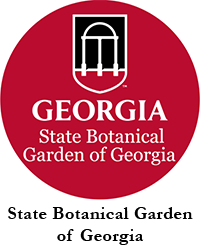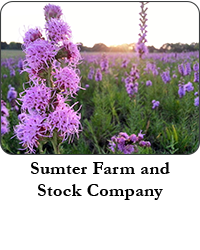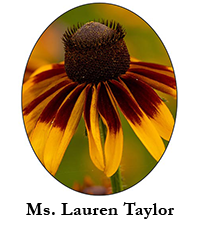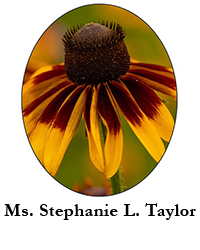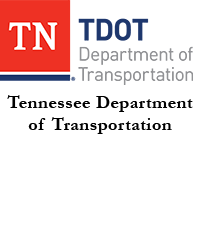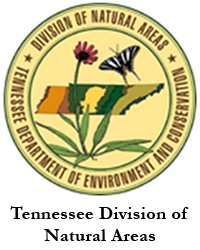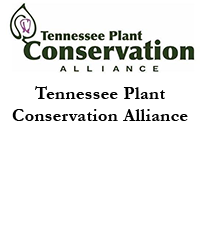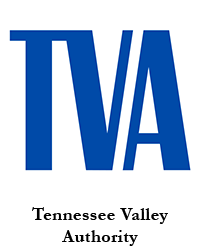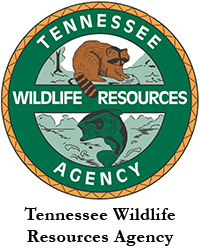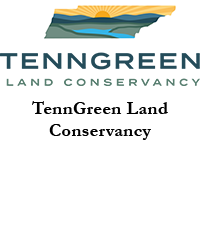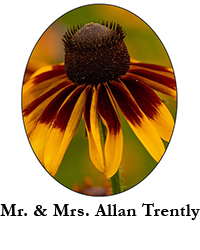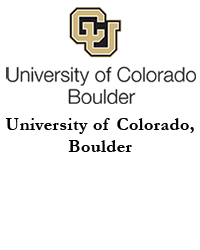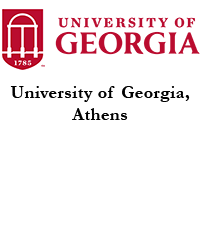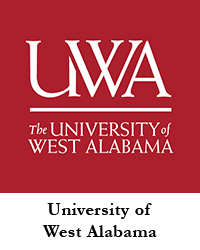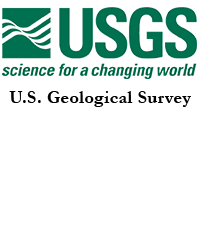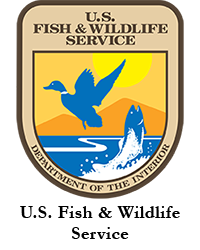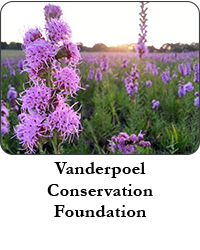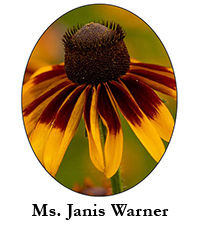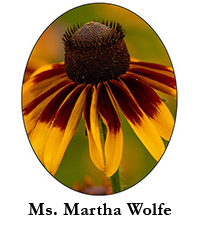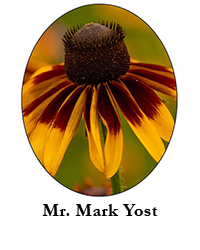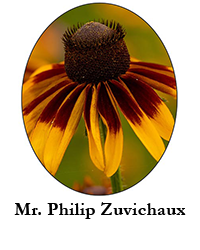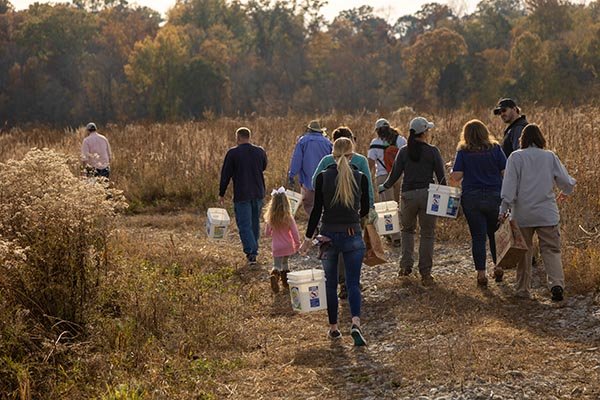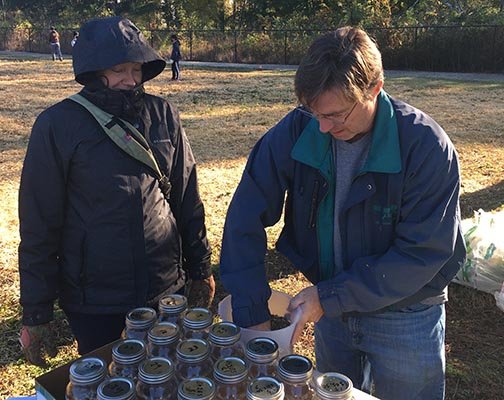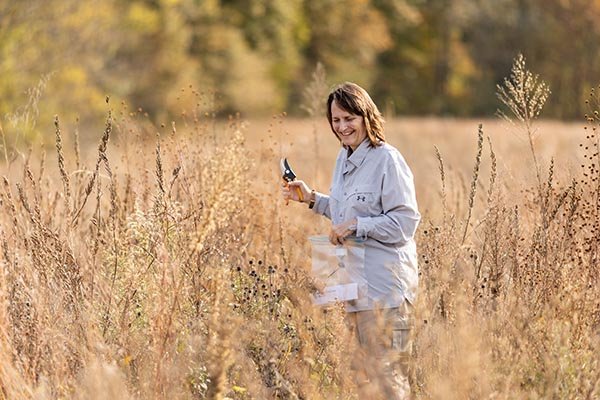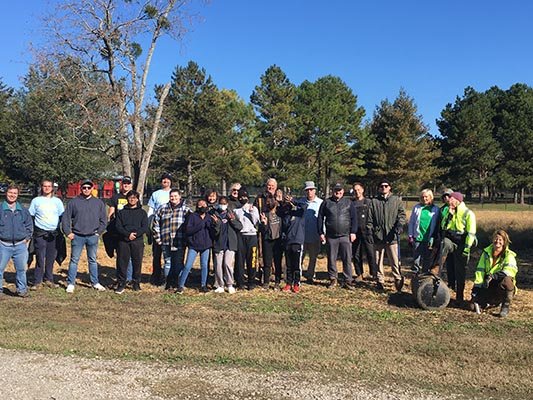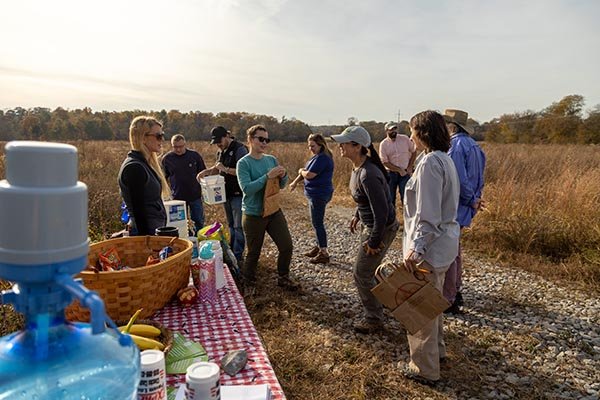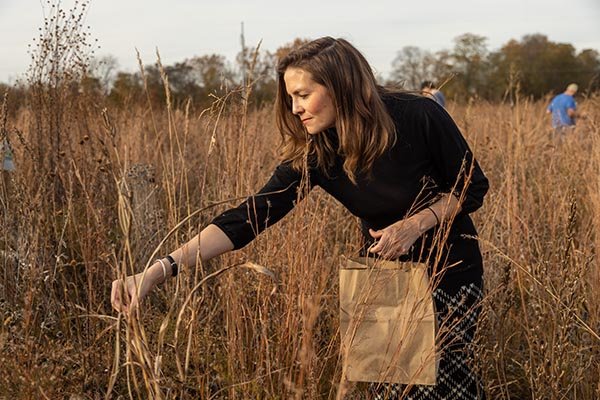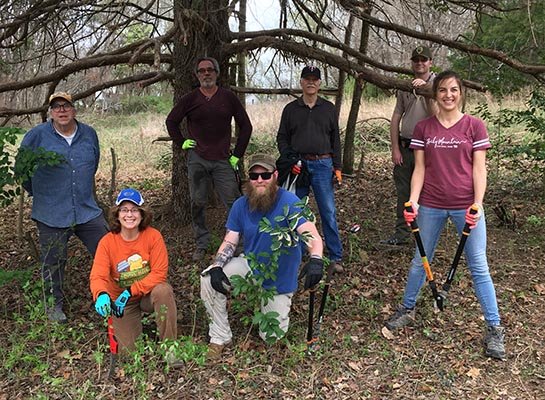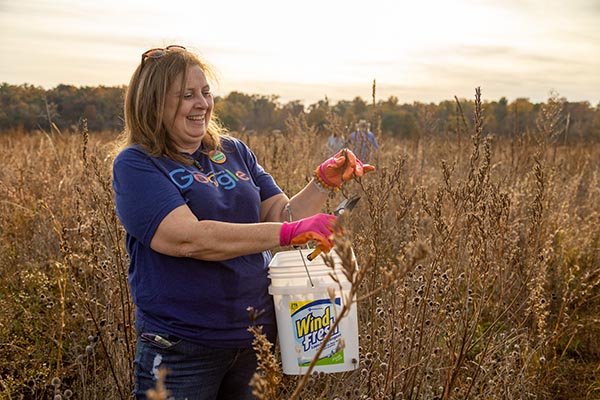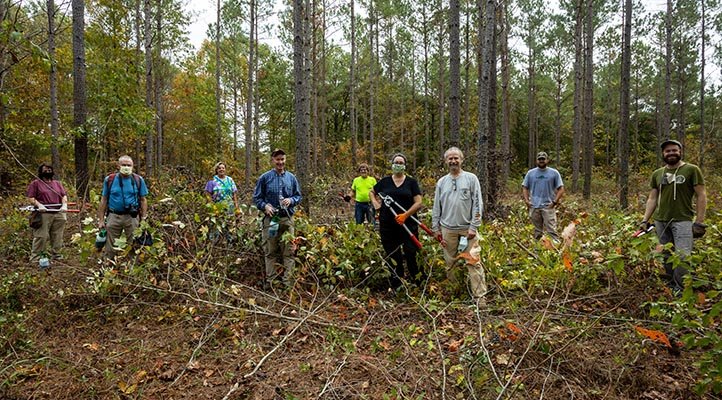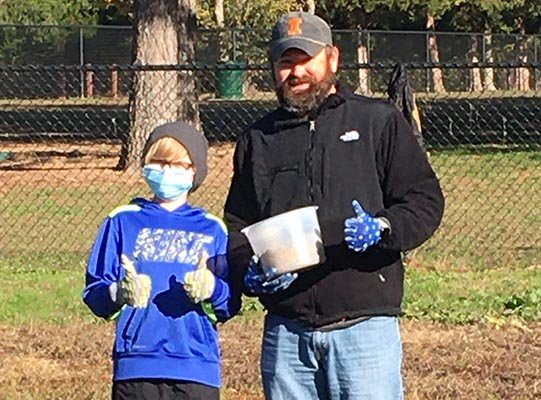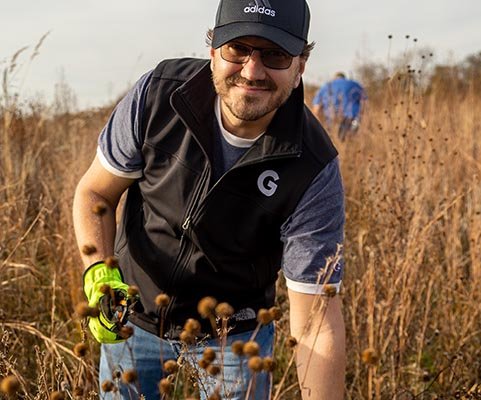Annual Report
2021
Southeastern Grasslands Initiative
Note from Dwayne
The last two years have been difficult for our nation. Despite the seemingly endless challenges and shifting sands of life during a pandemic, the Southeastern Grasslands Initiative (SGI) is fortunate that 2021 was a year of tremendous growth. Among other successes we will highlight in this report, we added 13 new members to our team and welcomed two additional members in the first week of 2022. We also established and grew multiple key partnerships and collaborations across the region. This new capacity will allow us to expand our efforts to address grassland loss, which is the single greatest conservation issue currently facing terrestrial biodiversity in eastern North America.
In addition to growing our team, 2021 was an exciting and productive year for our research, conservation, restoration, and other on-the-ground efforts. We wrapped up numerous projects that we began in 2019 or 2020. While wrapping up those projects, we also started numerous new projects, many of which will take place over several years. We currently have at least one active project in 12 of the 24 states included in our focal region.
We would love to tell you about all the projects that we worked on in 2021 but that would create an annual report longer than most of us want to read. Instead, we chose a few projects to highlight as examples of the broader work we are doing. We included summary lists of numbers and statistics to provide a broader overview of our accomplishments this year. You’ll be hearing from us more often in 2022, and we plan to share additional stories with you because they are just as important and interesting as the examples in this report.
The Southeastern Grasslands Initiative is proud to be charting a new course for conserving our vanishing Southeastern grasslands. It is our goal to give grasslands an equal seat at the conservation table here in the Southeast, along with forests, wetlands, streams, and coastal ecosystems. As a conservation community we are only now realizing how extensive our Southeastern grasslands once were. The Southeastern Grasslands Initiative is currently working on an exciting endeavor with National Geographic and NatureServe to map the South’s historic grasslands in an upcoming article in National Geographic Magazine.
Our precious Southeastern grasslands are nearly extinct and the species that depend on them are fading fast. The losses have been truly staggering, with most types of grasslands having suffered losses exceeding 90% and some more than 99%. Many of the grasslands that managed to persist through the past two centuries of intense change have disappeared in the past quarter-century. With such an accelerating decline, what will the next 25 years bring?
If we want to reverse the tide of grassland biodiversity loss, our response must be rapid as well as unparalleled in its magnitude. This is an immensely complex and ambitious challenge that will take some of the brightest and most creative minds in American conservation to solve.
We recognize that achieving our goals will take an unparalleled investment from corporate, philanthropic, and government funding, as well as strong grassroots efforts and a dedicated team of volunteers and prairie evangelists. We are grateful to all our partners, funders, supporters, and volunteers. Thank you for helping to make 2021 a year of explosive growth and achievement. We look forward to continuing to collaborate and work with you in 2022.
– Dwayne Estes Ph.D., Executive Director
Working to Conserve the Whorled Sunflower and Other Rare Plants

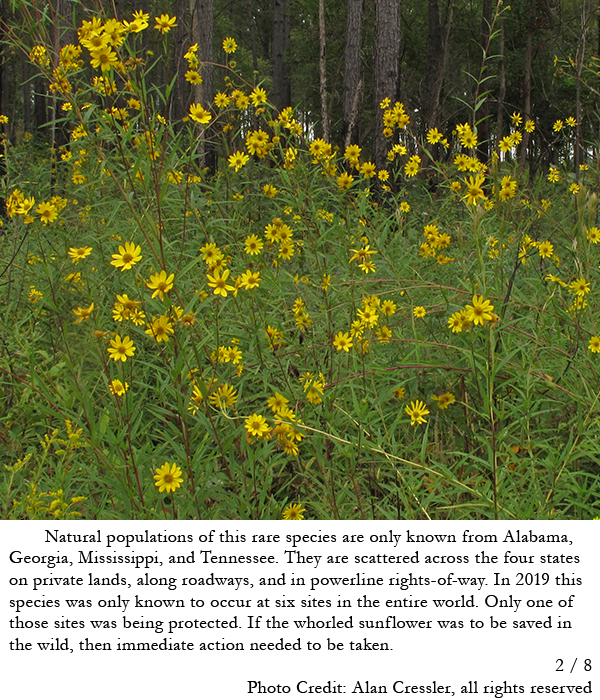
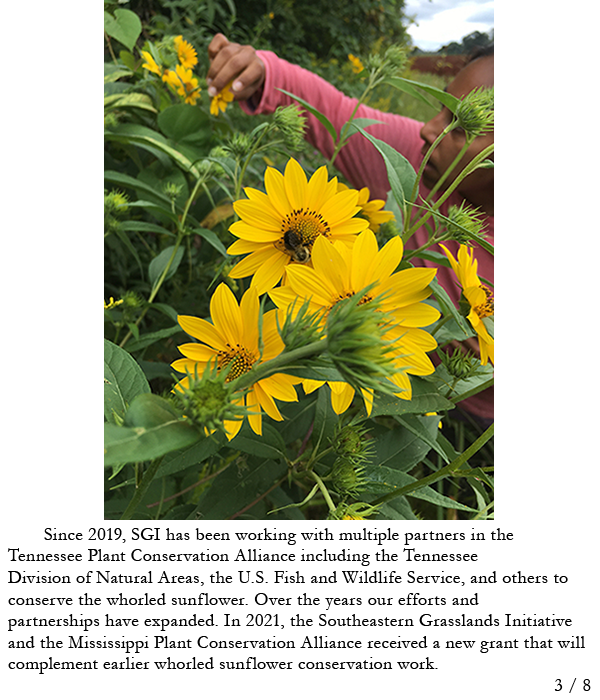
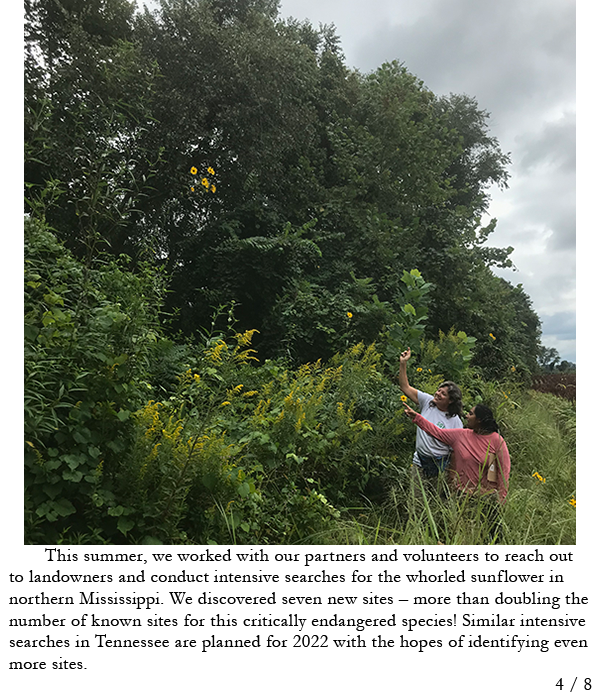
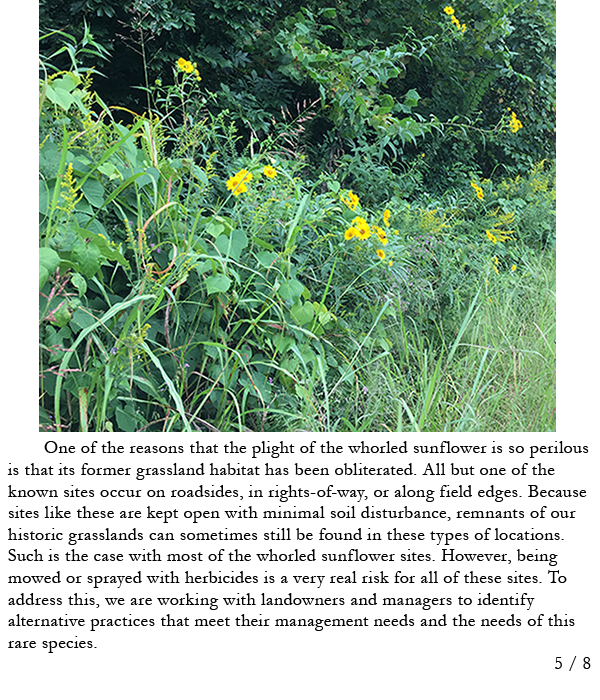
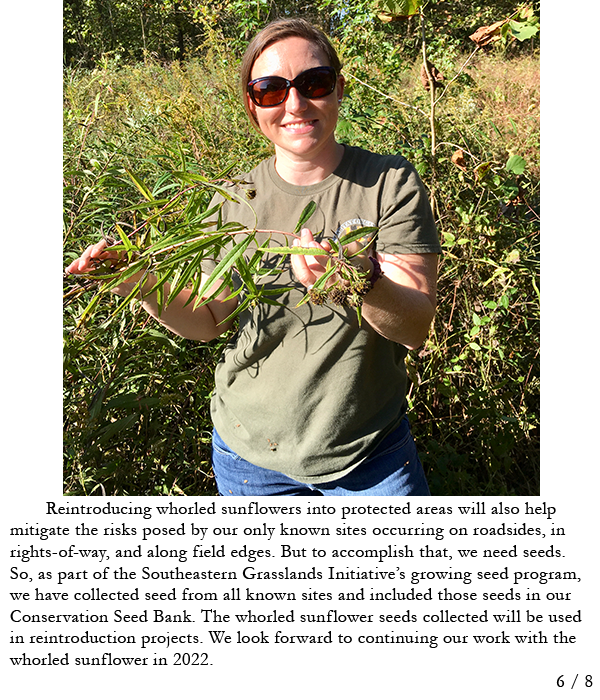
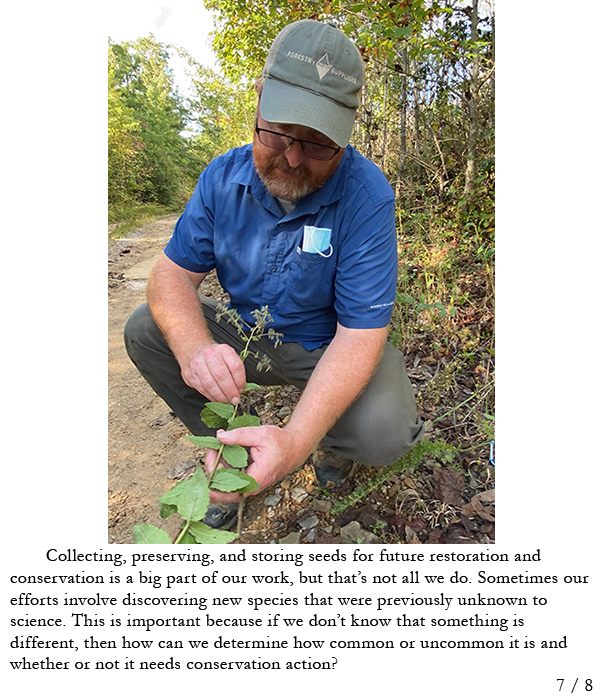
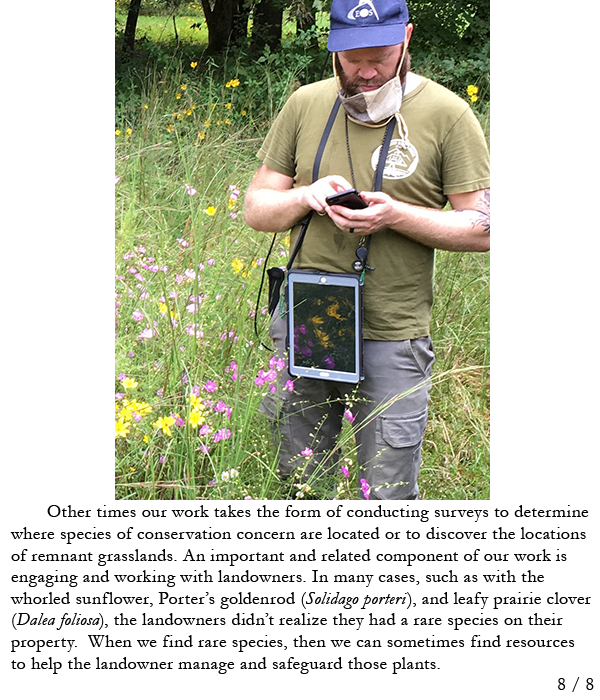
Our rare plant conservation work and Conservation Seed Bank are made possible thanks to funding from the BAND Foundation, Garden Club of Nashville, Google, Tennessee Department of Environment and Conservation, and the U.S. Fish and Wildlife Service.
Research, Inventory, and Monitoring Highlights
Discovered 9 plant species that were previously unknown to science.
Published an authoritative list of the 118 core grassland ecosystems found in the Southeastern Grasslands Initiative’s 24-state geography, and identified an additional 75+ grassland-related ecosystems that we have yet to publish.
Collaborated with the Georgia Department of Transportation, the Tennessee Department of Transportation, and other partners to identify high profile prairie remnants that could serve both educational and conservation purposes along each state’s roadsides, highways, and interstates.
Wrapped up 3 multi-year studies with the National Park Service surveying riverscour grasslands along the mainstem of the Big South Fork and its tributary Clear Fork (both in the Cumberland River watershed), and along Clear Creek, a tributary to the Obed Wild and Scenic River.
Continued conducting research with the Tennessee Valley Authority, Electric Power Research Institute, and Mississippi Entomological Museum on plant and pollinator assemblages in open powerline rights-of-way in historic savanna habitats of the Cumberland Plateau in Tennessee and Alabama.
Published 2 articles in peer-reviewed journals, with 2 more accepted for publication.
Completed Rubbernecking for Roadside Grasslands community science project, which identified 31 remnant grasslands along Tennessee highways and interstates from 2019 to 2021.
Collaborated with partners to launch the Georgia Grasslands Initiative iNaturalist Project based off of Tennessee’s Rubbernecking for Roadside Grasslands – over 13,500 observations of over 1,700 species were made in the first 8 months.
Added 7,538 specimens to the Austin Peay State University herbarium, bringing the total number of specimens in the collection to 131,489.
Collected long-term vegetation data from 137 plots across 14 national parks.
Collaborated with partners in Mississippi to conduct surveys which doubled the number of sites known to contain whorled sunflowers.
Began surveying and inventorying ecological communities on the 11,000 acre Sumter Farm and Stock Company in the Black Belt ecoregion of Alabama.
Mapped 18,950 witness tree data points from Revolutionary War land grants to help determine the extent of grasslands in central Tennessee during the period 1789-1804.
Began testing ways to more rapidly increase plant diversity in restored and re-created grassland sites in Georgia and central Tennessee.
Conducted an extensive assessment of what is currently known about the Cumberland Plateau’s grasslands and what is needed to address its conservation concerns.
Produced and published Science Needs of Southeastern Grassland Species of Conservation Concern: A Framework for Species Status Assessments.
Started identifying the grassland ecosystems and grassland plants found in 21 National Parks in the southeastern U.S.
Conducted research examining how climate change may influence the impact of invasive species on grassland restoration efforts.
Preserving, Managing, and Restoring Grasslands on Private Lands
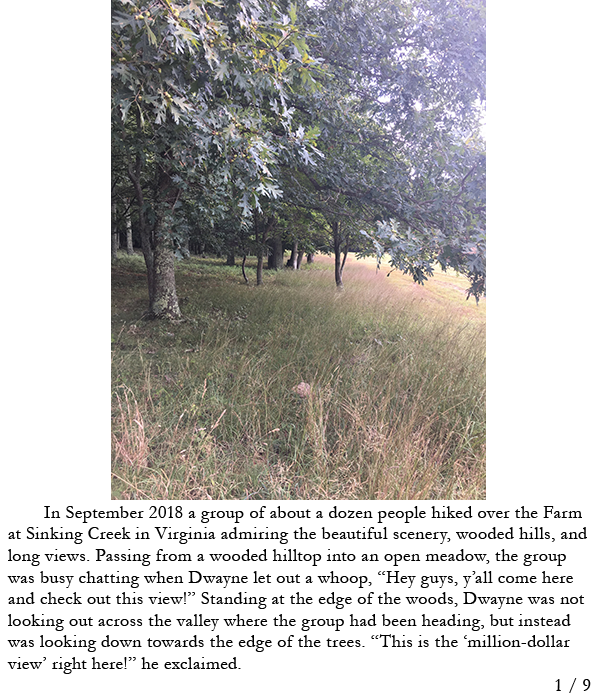
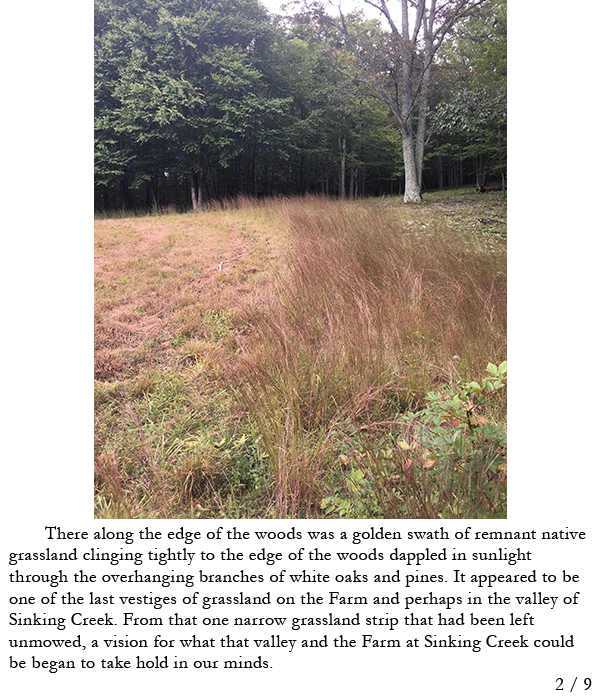
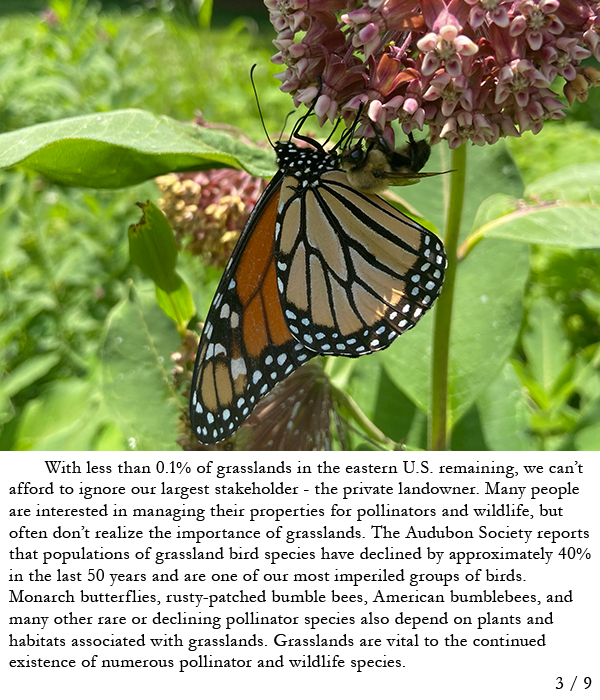
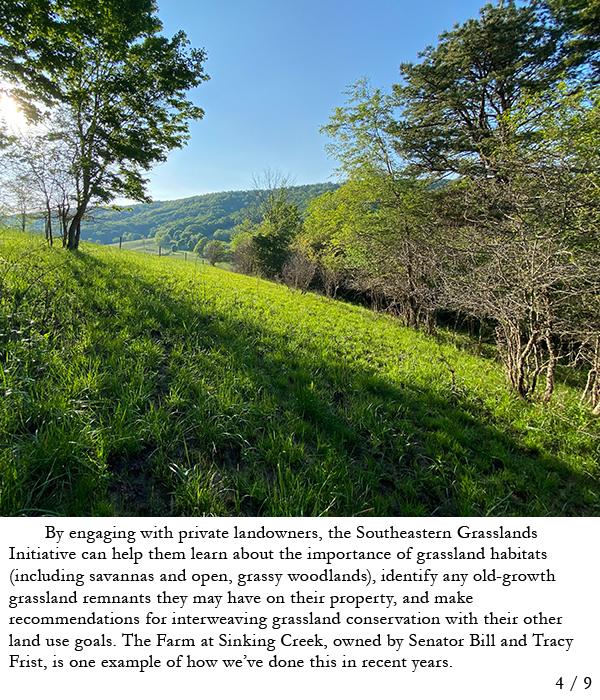
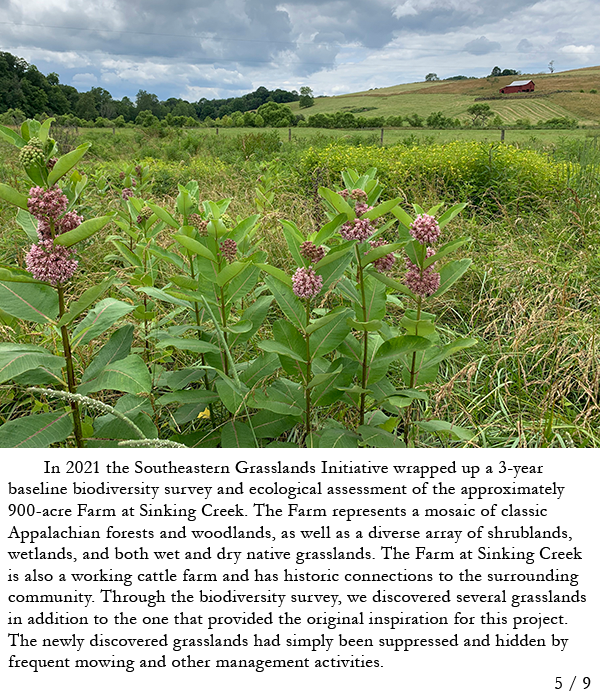
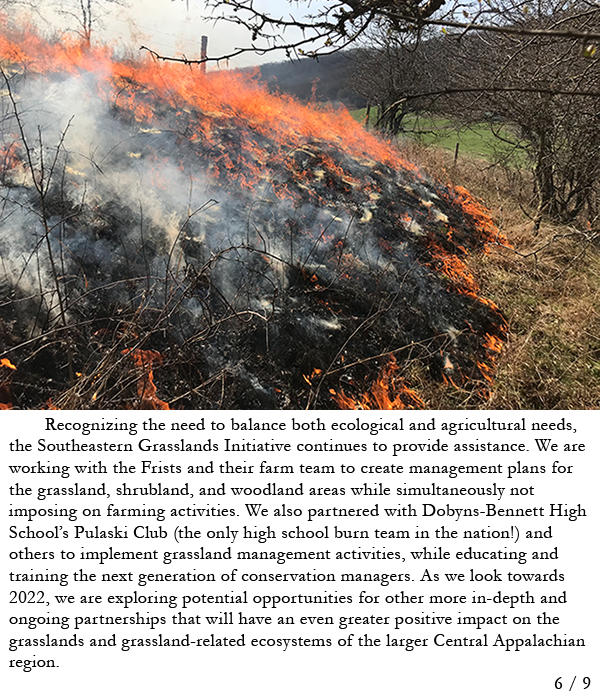

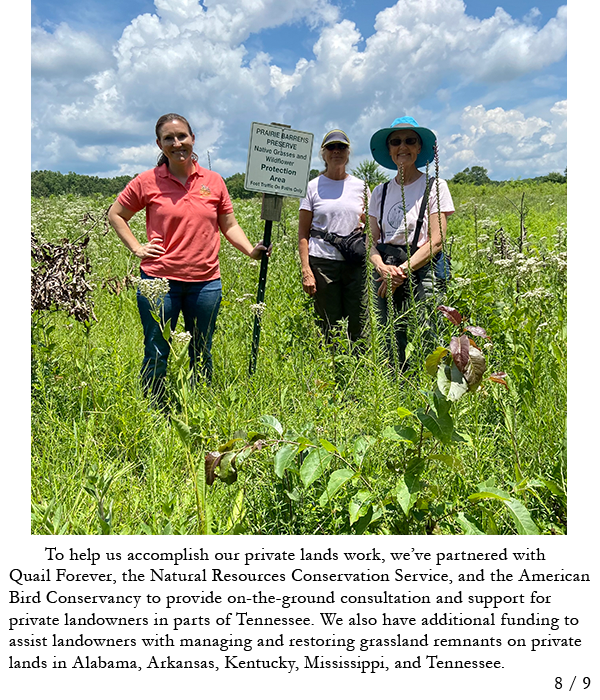
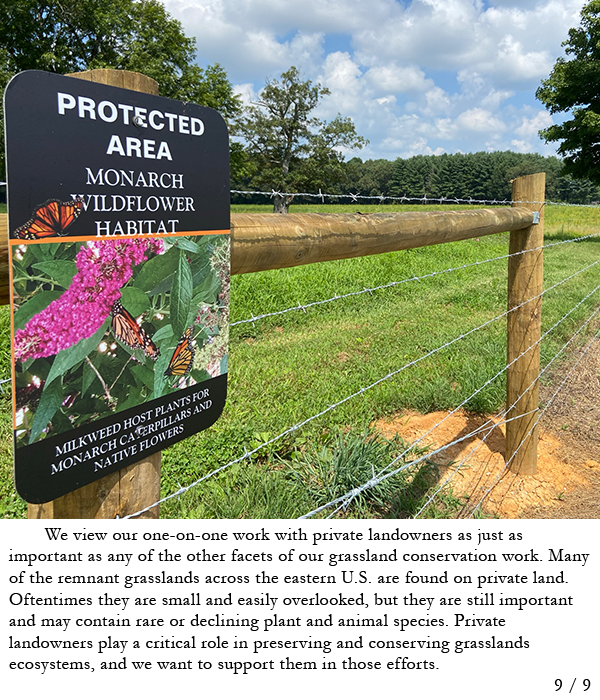
Our work on private lands was made possible thanks to grants and support from the USDA Natural Resources Conservation Services, the Regional Conservation Partnership Program, the National Fish and Wildlife Foundation, and the U.S. Fish and Wildlife Service’s Partners for Fish and Wildlife Program.
Conservation, Restoration, and Management Highlights
Gathered seeds for the conservation and propagation of 19 rare, threatened, endangered, or declining grassland species, bringing the total to 36 species from 5 states since we started the Conservation Seed Bank in 2020.
Established the Robert C. and Deborah B. Hulse Prairie Acquisition Fund with the purpose of purchasing small, fragile, hard-to-protect prairie remnants.
Rescued and provided safe harbor for dwarf sumac (Rhus michauxii), an endangered and globally imperiled species.
Began developing a management plan for Little River Canyon’s National Preserve’s populations of the federally endangered green pitcher plant (Sarracenia oreophila), including characterizing the ecology and genetics of pitcher plant colonies.
Collaborated with the State Botanical Garden of Georgia to reintroduce 64 individuals of 2 species of rare, threatened, or declining plants.
Administered $38,200 in U.S. Fish and Wildlife Service grant money via the Partners for Fish and Wildlife Program to help private landowners manage and restore grasslands at 2 sites in Tennessee and Mississippi.
Restored or planted 488 acres of grasslands in conjunction with our partners. 13 acres were in urban areas and 475 acres were in rural areas.
Collaborated with rights-of-way and other land managers in 4 states to begin developing best management practices for maintaining biodiversity in these areas, while still meeting the land use needs of the land managers.
Bringing Together People from All Walks of Life to Create Urban Grasslands
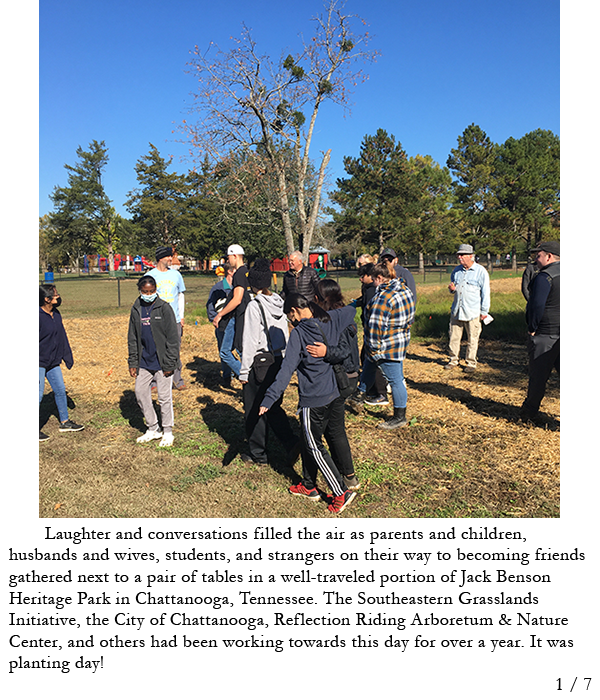
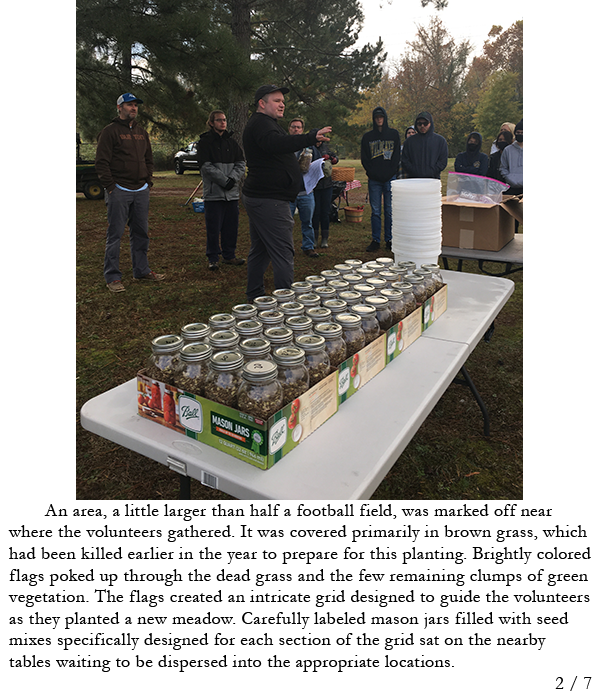
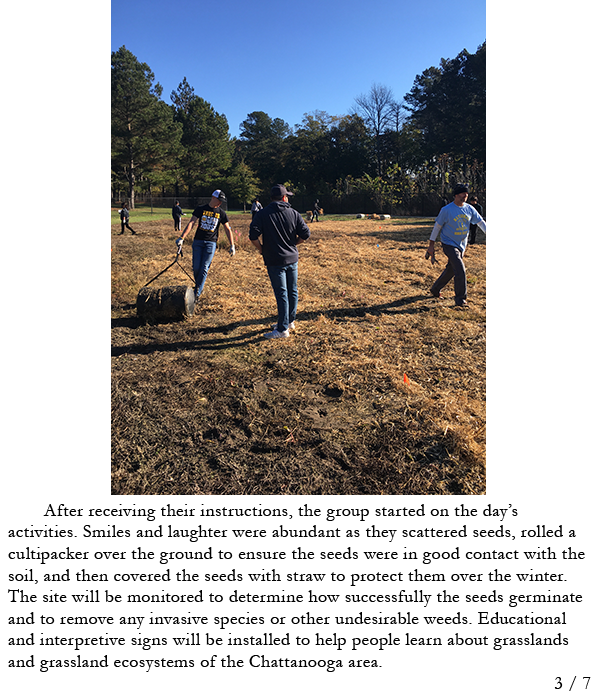
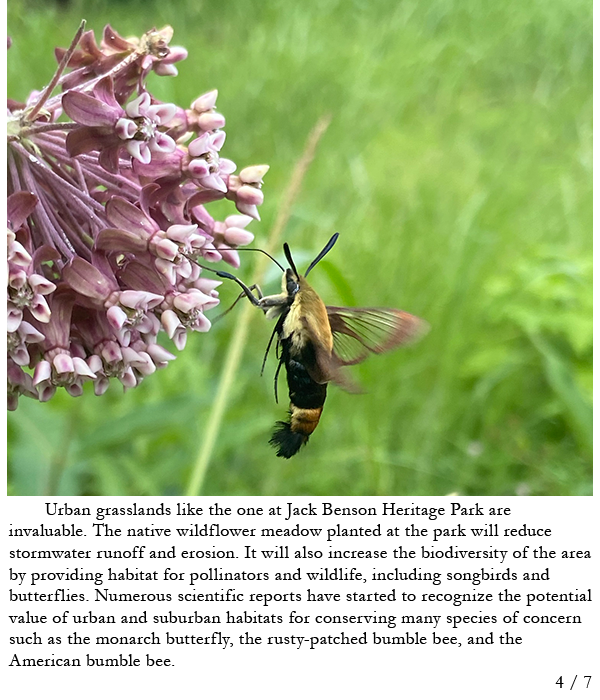
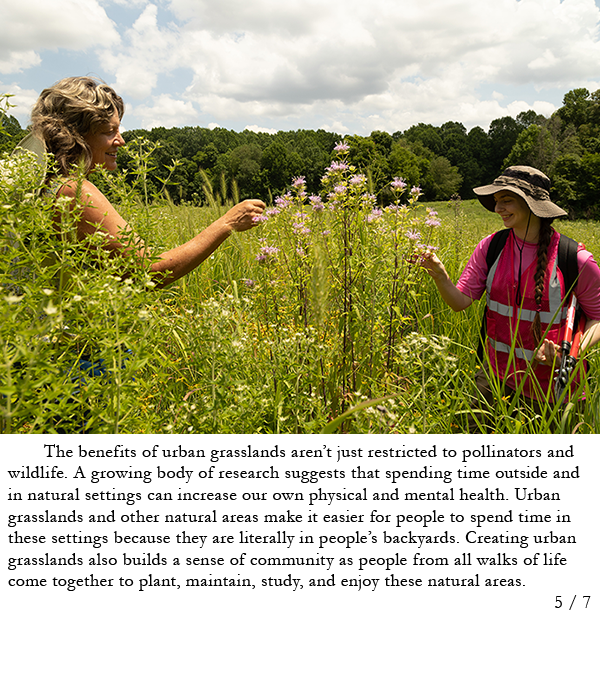
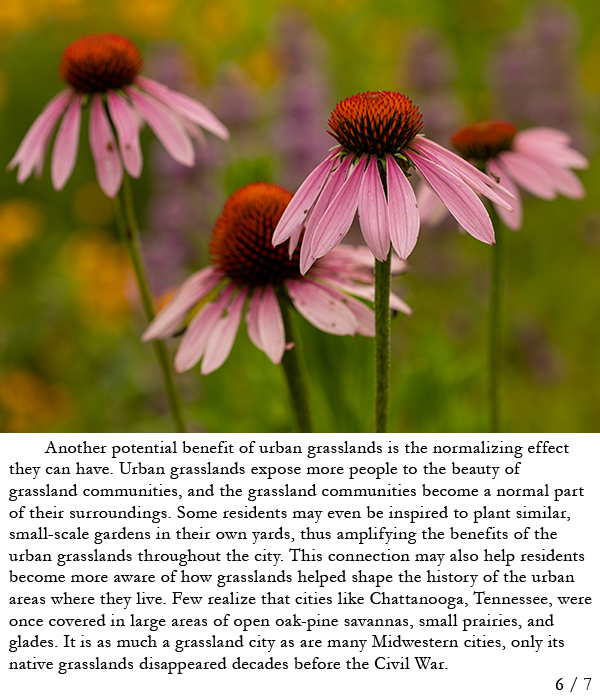
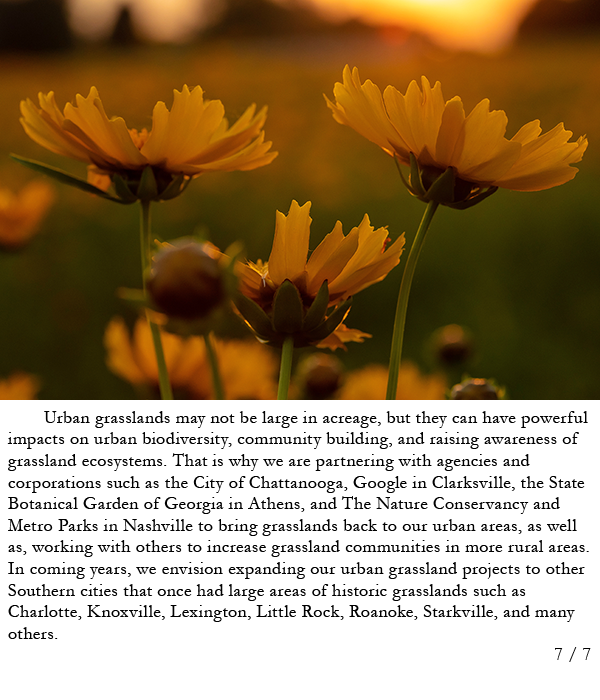
Our urban grassland restoration work was made possible thanks to grants and support from the BAND Foundation, the Lyndhurst Foundation, the Riverview Foundation, Friends of Dunbar Cave State Park, Google, the City of Nashville, the Tennessee Department of Transportation, Roundstone Native Seed LLC, Tennessee State Parks, and USDA Natural Resources Conservation Service.
Education, Outreach, and Engagement Highlights
Collaborated with partners to produce 40 interpretive signs about grassland communities and native grassland plants that were installed in Georgia and Tennessee.
Trained and mentored 7 graduate students, 25 undergraduate students, 11 high school students, and 3 summer interns.
194 volunteers contributed 1,478 hours, valued at $42,182.
Led 10 field trips and guided walks for 40 people to learn about and experience our Southeastern grassland habitats in 3 states.
Gave 17 in-person and virtual presentations.
Shared over 30 Facebook videos aimed at teaching our Facebook audience about grassland plant species and forgotten stories of American history.
Conducted 2 landowner workshops to promote wildlife conservation practices and strategies on private land.
Featured in the new book Saving the Wild South: The Fight for Native Plants on the Brink of Extinction by Georgann Eubanks published by The University of North Carolina Press.
Served as subject-matter-experts discussing grassland communities for numerous media sources.
First Steps Towards Answering Hard Questions Related to Grassland Conservation and Management


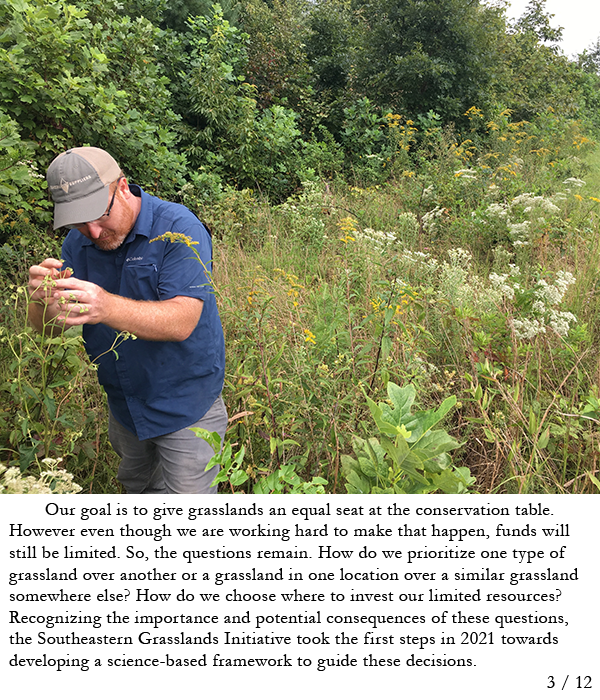
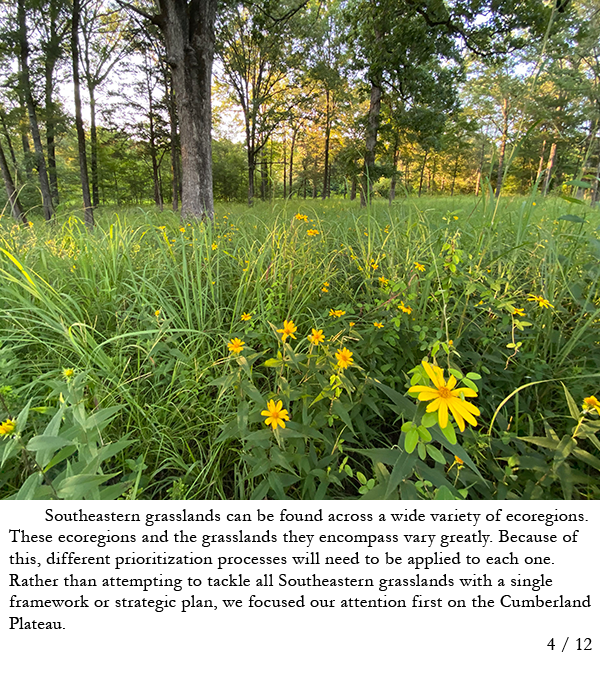

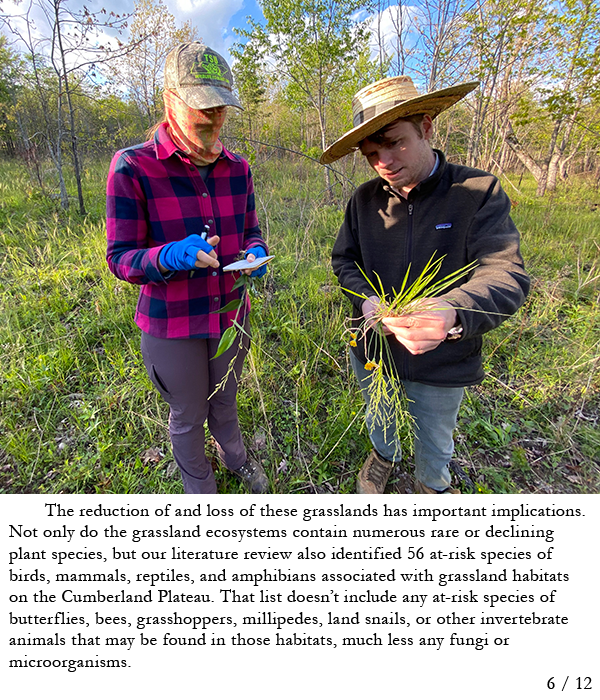
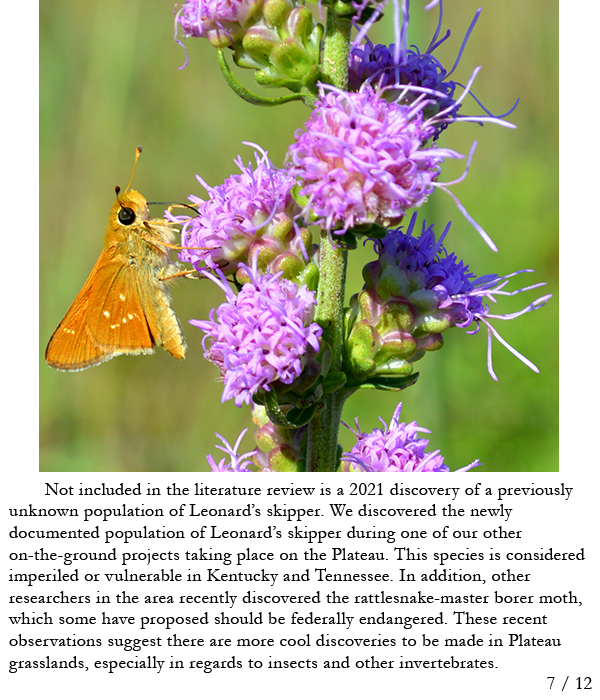

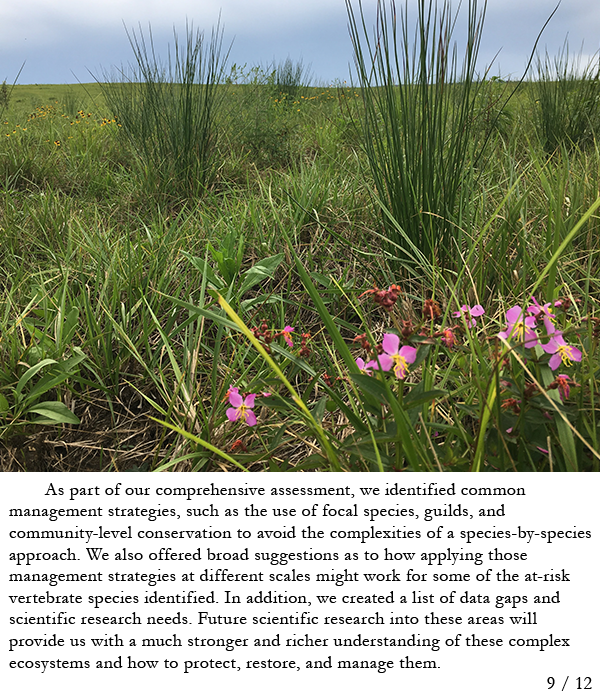

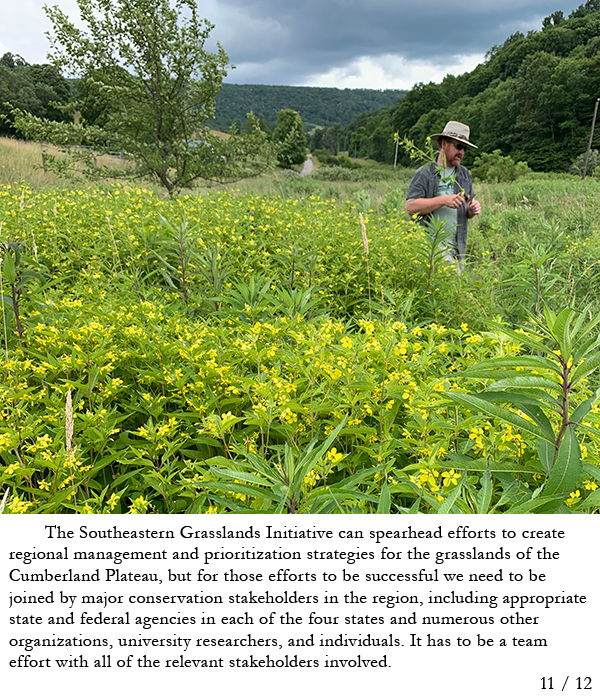

Our assessment of the Cumberland Plateau’s grasslands was made possible thanks to a generous donation by the BAND Foundation.
Over the Horizon
2022 is already shaping up to be an amazing year. We have several new projects planned, as well as some that we are continuing from 2021. 2022 is also the Southeastern Grasslands Initiative’s 5 year anniversary! Below are just a few of the many projects and activities we are looking forward to in 2022.
Welcoming our new Director of Operations & Finance and Assistant Director for the Seeds of Success - Southeast
During the first week of January 2022, Layla Dunlap joined us as our new Director of Operations & Finance and Will Overbeck joined us as our new Assistant Director for the Seeds of Success - Southeast.
Sharing the first comprehensive science-based map of southeastern grasslands
This map will be published in National Geographic Magazine in 2022. Having an easily accessible, comprehensive, science-based map of the Southeastern grasslands will help bring awareness to grassland conservation and the importance of restoring grassland communities in the appropriate locations.
Creating the Cumberland Plateau Grasslands Stakeholders Coalition
In 2022, we want to build a Cumberland Plateau Grasslands Stakeholders Coalition. The Coalition’s goals will be to create a regional grasslands restoration and management framework, bring together a wide variety of stakeholders, and develop strategies for prioritizing grassland conservation projects within the 10-million acre Cumberland Plateau ecoregion of Alabama, Georgia, Kentucky, and Tennessee.
Growing Seeds of Success - Southeast
The financial seed for our Seeds of Success - Southeast program was planted in 2020, with funding from the U.S. Fish and Wildlife Service’s Partners for Fish and Wildlife Program and the Bureau of Land Management. The program germinated and began putting down roots in 2021, when we hired our Seeds of Success Director and our Assistant Director. We’re looking forward to seeing the program take off and grow in 2022.
Purchasing and conserving small, fragile, hard-to-protect prairie remnants
We aim to complete the acquisition of a small property that represents one of the rarest grassland types remaining in the Southeast – wet tallgrass prairie. This will be our first property purchased with the newly established Robert C. and Deborah B. Hulse Prairie Acquisition Fund. We are also interested in connecting with donors who can help us grow this fund to accomplish similar projects across our focal region.
Mapping habitats, documenting biodiversity, and prioritizing conservation work in the Alabama Black Belt ecoregion
We will be mapping and assessing remnant grasslands and other ecological communities on the 11,000 acre Sumter Farm and Stock Company in the Black Belt ecoregion of Alabama. In addition to surveying the flora, we will be working with partners to survey the plant and animal diversity. Once the surveys and assessments are completed, we will make management and restoration recommendations for the different ecological communities found on the property, which is home to some amazing prairie and savanna remnants.
Producing an in-depth educational video
Production is scheduled to begin on a documentary-style video about the grassland communities of the Cumberland Plateau.
Conducting whorled sunflower surveys in Tennessee
We will be conducting intensive, targeted surveys for the whorled sunflower in Tennessee in 2022. Similar surveys conducted in Mississippi during 2021 doubled the number of known sites for this critically endangered species.
Implementing a new community science project
We will be developing and implementing a new community science project on the Cumberland Plateau focused around a 375-acre savanna restoration project in conjunction with TennGreen Land Conservancy, Panther Creek Forestry and other partners. Local middle school students will help researchers identify mammals captured on trail cameras and will assist in documenting plant and animal biodiversity.
Increasing communications activities
Unfortunately, many of our communications activities floundered a bit over the past couple of years. We will be correcting that in 2022. Weekly blogs, a newsletter, an active You-Tube channel, and a redesigned website are just a few of our many communication goals for the new year.
Financial Statement
Revenue
Private Funds = $954,617
Individual Gifts = $566,063
Foundation, Corporate and Nonprofit Gifts = $359,150
Private Grants and Contracts = $29,404
Government Funds = $287,084
Federal Grants and Contracts = $252,579
State Grants and Contracts = $34,505
TOTAL REVENUE = $1,241,391
EXPENSES
Operating Expenses = $637,724
Personnel and Contract Labor* = $473,100
Travel = $68,142
Conservation and Restoration = $49,256
Research Equipment and Supplies = $21,559
General Operations = $25,667
Indirect Costs (Government Funded Grants) = $29,151
TOTAL EXPENSES = $666,875
* Southeastern Grasslands Initiative has also participated in fundraising for joint positions with partner organizations. Although the money raised for these positions was not received by the Southeastern Grasslands Initiative and these positions are not paid for by the Southeastern Grasslands Initiative, these positions nevertheless work on behalf of the Southeastern Grasslands Initiative’s mission and are co-branded with the Southeastern Grasslands Initiative. Additionally, Austin Peay State University provides support for Southeastern Grasslands Initiative personnel. The amount of money in salary and benefits for these positions in 2021 was approximately $245,000.
Southeastern Grassland Initiative Team Members
* = New in 2021
Special Thanks Also to the Following Austin Peay State University Staff for the Extra Support and Assistance They Provided in 2021
Thank You to All of Our Supporters, Partners, and Volunteers in 2021!
Supporters and Partners:
Founder’s Circle
Volunteers:
Here are pictures of just a few of our many volunteers in 2021. We couldn’t fit everyone’s pictures on here, but we greatly appreciate the hard work that each of our volunteers contributed.
Ways to Get Involved
Volunteer
Our volunteers are special members of our team, and we appreciate the hard work they contribute. Volunteers help us with a wide variety of projects including planting grasslands, gathering seeds, removing invasive species, collecting data for our i-Naturalist projects, using historic land surveys to map former grassland habitats, and many other activities. Let us know if you would like to join our growing team of volunteers.
Tell Others
The forgotten stories of our Southeastern grasslands need to be told. We are doing the best we can to tell those stories, but we can’t be the only voice. Please help us tell those stories by sharing our social media posts, forwarding our blogs and newsletters to others who might be interested, and talking to your neighbors and community leaders about the importance of grassland communities.
Donate
We greatly appreciate all financial donations. Donations are routed through Austin Peay State University, but all funds go to the Southeastern Grasslands Initiative. Austin Peay State University does not take any overhead or other fees out of private donations to the Southeastern Grasslands Initiative. All donations are tax deductible.


